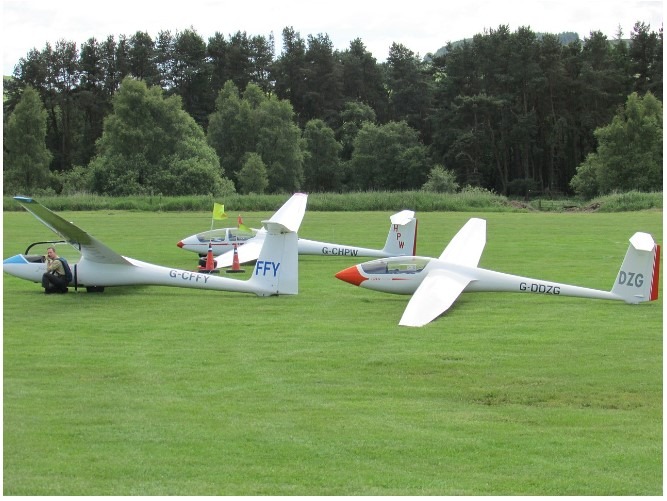What Is the Extreme Sport River Bugging?
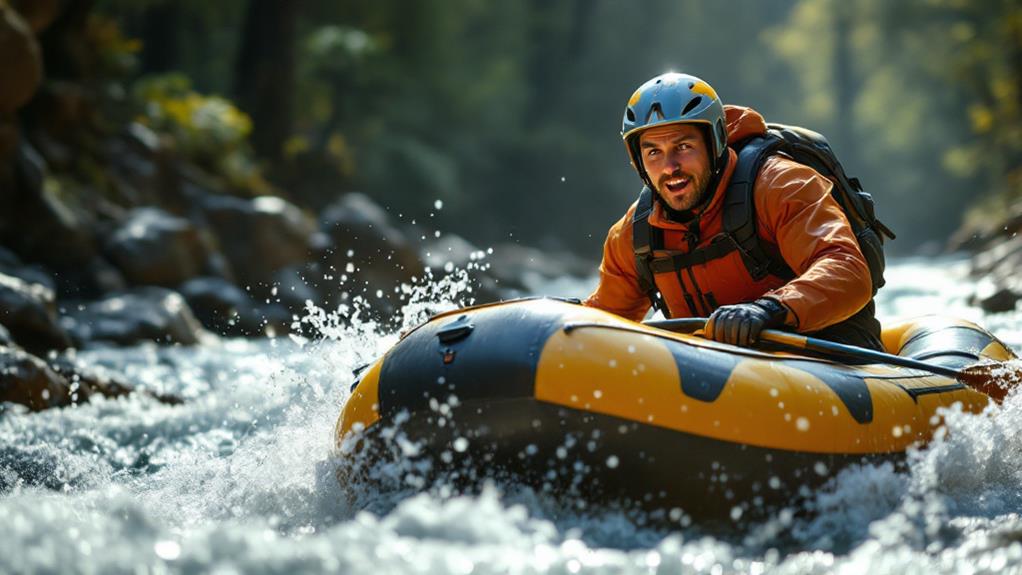
River bugging is an adrenaline-pumping water sport that puts you in control of a small, inflatable craft as you navigate whitewater rapids. Originating in New Zealand in the early 2000s, it combines elements of rafting, kayaking, and bodyboarding. You'll wear a helmet, wetsuit, and personal flotation device while using webbed gloves or hand paddles to steer your "bug" through the rapids. It's more maneuverable than rafting and offers a closer connection to the water than kayaking. River bugging requires understanding river classifications and your own skill level. If you're looking for an exhilarating adventure that blends various water sports, there's more to discover about this unique activity.
Origins of River Bugging
The origins of river bugging can be traced back to New Zealand in the early 2000s. It emerged as an innovative way to navigate whitewater rivers, combining elements of rafting, kayaking, and bodyboarding. The sport was initially developed by adventure enthusiasts looking for a new thrill on the water.
River bugging got its name from the inflatable craft used, which resembles a large bug or beetle. These specially designed watercraft are typically made of durable materials like PVC or hypalon, allowing them to withstand impacts with rocks and other obstacles in fast-moving rivers. The introduction of the plastic riverboard in the 1980s revolutionized the activity, making it more accessible and facilitating its spread across the United States and Europe.
As the sport gained popularity in New Zealand, it quickly spread to other countries with suitable river conditions. Adventure companies began offering river bugging experiences to tourists, introducing more people to this unique form of river navigation.
You'll find that river bugging has evolved since its inception, with improvements in equipment design and safety protocols. Today, it's recognized as a distinct extreme sport, attracting adrenaline seekers worldwide. While it remains most popular in New Zealand, you can now experience river bugging in various locations across Europe, North America, and parts of Asia.
Equipment and Gear
As river bugging evolved from its origins, specialized equipment became a cornerstone of the sport. The centerpiece of your gear is the "bug" itself—an inflatable, durable craft designed to withstand rapids and rocks. It's shaped like a figure-eight, allowing you to sit comfortably with your legs dangling in the water for steering. Essential gear for hydrospeeding includes similar items, such as a hydrospeed board, wetsuit, and buoyancy aids.
You'll need a helmet to protect your head from potential impacts, and a personal flotation device (PFD) is essential for safety. Don't forget a wetsuit, which will keep you warm in cold water and provide some protection against scrapes. Neoprene boots offer grip and foot protection on slippery surfaces.
For propulsion and control, you'll use webbed gloves or small hand paddles. These allow you to maneuver through rapids and steer around obstacles. Some river buggers also carry a throw bag with a rescue rope for emergencies.
When it comes to accessories, consider bringing a waterproof camera to capture your adventure. You might also want a dry bag to keep personal items safe. Remember, your equipment should be well-maintained and suited to the specific river conditions you'll encounter.
River Bugging Techniques
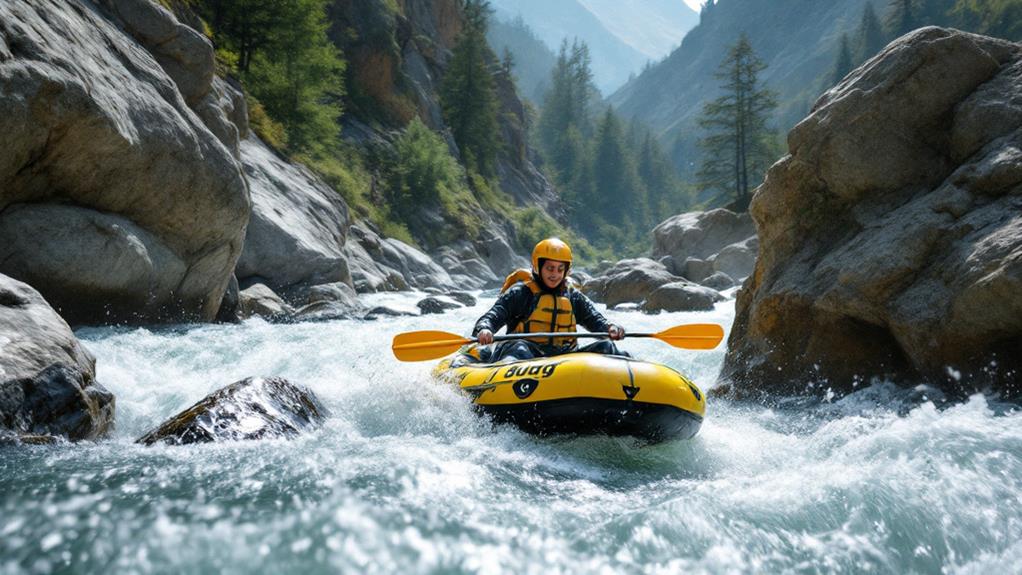
When it comes to river bugging techniques, mastering the basics is essential for a safe and enjoyable experience. You'll need to learn how to control your bug, navigate rapids, and read the river effectively. Start by practicing in calm water to get a feel for your bug's movements.
To steer, use your arms and legs to paddle and guide the bug. Lean into turns and use your body weight to maintain balance. When approaching rapids, position yourself to face downstream and keep your feet up to avoid getting stuck on rocks.
Here's a quick guide to essential river bugging techniques:
| Technique | Description | Difficulty |
|---|---|---|
| Forward Stroke | Use both arms to paddle forward | Easy |
| Reverse Stroke | Paddle backward to slow down or stop | Easy |
| Eddy Turn | Enter calm water behind obstacles | Moderate |
| Ferry Glide | Cross the river diagonally | Moderate |
| Surfing | Ride standing waves in rapids | Advanced |
As you gain confidence, practice more advanced maneuvers like surfing and spinning. Always stay alert and ready to react to changes in the river's flow. Remember to scout unfamiliar sections before attempting them and never hesitate to portage around dangerous areas.
Safety Measures
While mastering river bugging techniques is important, prioritizing safety measures can mean the difference between an exhilarating adventure and a dangerous mishap. Always wear a properly fitted helmet to protect your head from potential impacts with rocks or debris. A sturdy personal flotation device (PFD) is essential for buoyancy and safety in case you're separated from your bug. Don't forget to wear a wetsuit to guard against hypothermia in cold waters.
Before embarking on your river bugging journey, scout the route thoroughly and be aware of any potential hazards like low-hanging branches, submerged rocks, or strong currents. It's crucial to bug with a group and never alone. Establish clear communication signals with your teammates and guides. Carry a whistle for emergencies and a throw bag for rescue situations.
Check your equipment meticulously before each trip, ensuring your bug is properly inflated and free from damage. Always inform someone of your planned route and expected return time. Lastly, know your limits and choose routes that match your skill level. By following these safety measures, you'll maximize your enjoyment while minimizing risks in this thrilling sport.
Best Locations Worldwide
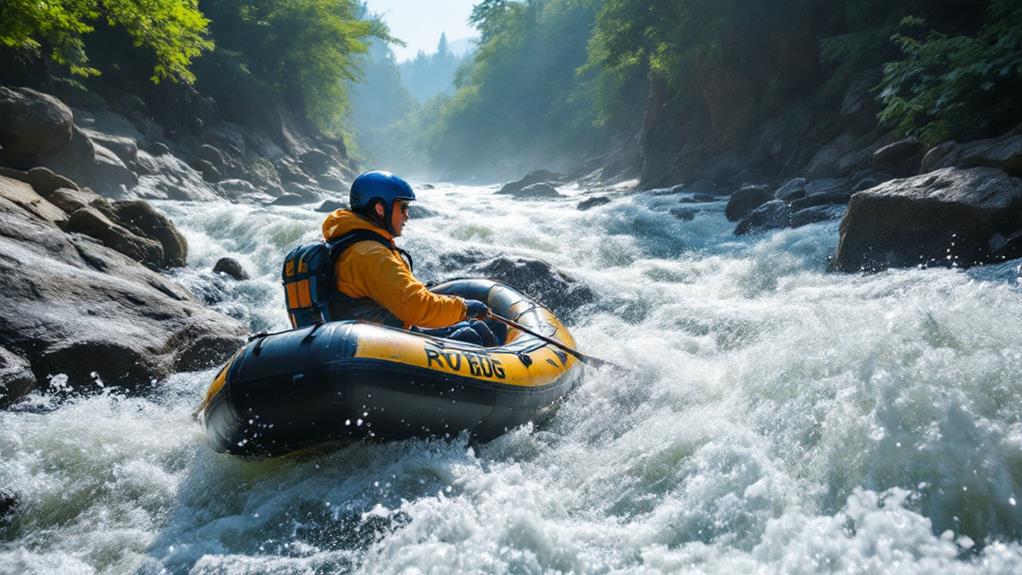
River bugging enthusiasts are spoiled for choice when it comes to top-notch locations around the globe. You'll find thrilling rivers and rapids in various countries, each offering unique experiences and challenges for your river bugging adventures.
In Europe, the Alps provide some of the best river bugging opportunities. You can tackle the crystal-clear waters of Austria's Salzach River or test your skills on France's Ubaye River. New Zealand's South Island is a paradise for adrenaline junkies, with the Kawarau and Shotover rivers offering heart-pumping rides.
Here's a quick guide to some of the world's best river bugging destinations:
| Country | River | Difficulty | Best Season |
|---|---|---|---|
| Austria | Salzach | Moderate | May-Sept |
| France | Ubaye | Advanced | June-Aug |
| New Zealand | Kawarau | Moderate | Oct-April |
| Costa Rica | Pacuare | Advanced | May-Nov |
For those seeking tropical adventures, Costa Rica's Pacuare River offers a unique blend of rapids and lush rainforest scenery. Remember to check local regulations and book with reputable operators to ensure a safe and enjoyable river bugging experience.
Training and Preparation
Proper training and preparation are essential for anyone looking to take on the thrilling sport of river bugging. Before you hit the rapids, you'll need to master basic swimming skills and learn river safety techniques. Most river bugging operators offer comprehensive training sessions where you'll learn how to maneuver your bug, read the water, and handle potential hazards.
You'll start with dry land practice, learning how to position yourself on the bug and use your flippers effectively. Once in calm water, you'll practice basic strokes, turns, and self-rescue techniques. As you progress, you'll learn to navigate small rapids and develop strategies for tackling more challenging water features.
Physical preparation is crucial. Focus on building upper body and core strength, as well as improving your cardiovascular endurance. Regular swimming, yoga, and strength training exercises can help prepare your body for the demands of river bugging.
Familiarize yourself with river terminology and hand signals used for communication on the water. Learn about river classifications and understand your own skill level to choose appropriate routes. Lastly, invest in proper gear, including a wetsuit, helmet, and personal flotation device, to ensure your safety during this exhilarating adventure.
Comparing to Other Water Sports
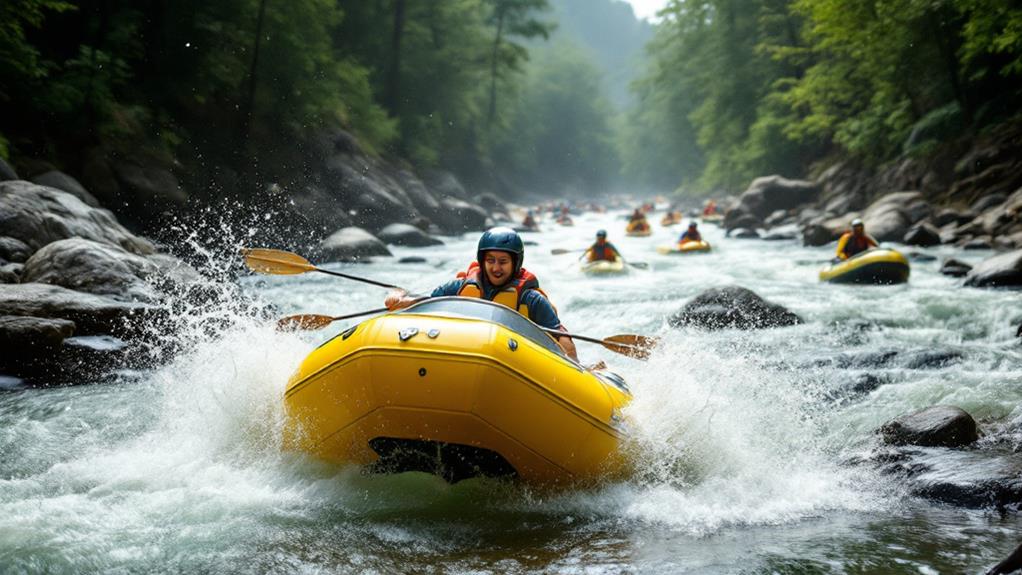
Diving into the world of water sports, river bugging stands out as a unique and thrilling experience. Unlike traditional rafting or kayaking, you'll find yourself much closer to the water, navigating rapids in a small, inflatable craft. This proximity to the river's surface enhances your connection with the water and intensifies the excitement.
Compared to other water sports, river bugging offers a distinct set of challenges and rewards. It's more agile than rafting, allowing you to maneuver through tight spaces and react quickly to changes in the current. While kayaking provides a similar solo experience, river bugging gives you a different perspective and a more exposed feeling as you sit atop your bug rather than inside a vessel.
Here's how river bugging compares to other popular water sports:
- More maneuverable than rafting
- Offers a closer water connection than kayaking
- Provides better visibility than tubing
- Requires less technical skill than whitewater canoeing
You'll find that river bugging combines elements from various water sports, creating a unique hybrid that's both accessible to beginners and exciting for experienced adventurers. It's an excellent choice if you're looking for a fresh way to experience rivers and push your limits in a controlled environment.
Environmental Impact
As you consider taking up river bugging, it's important to think about its effect on the environment. Unlike motorized water sports, river bugging doesn't produce emissions or noise pollution. However, it can still impact ecosystems if not practiced responsibly.
You'll need to be aware of erosion risks along riverbanks. When entering or exiting the water, choose designated access points to minimize damage to vegetation and soil. Avoid disturbing wildlife habitats, especially during breeding seasons. Be cautious around aquatic plants and don't remove rocks or other natural features from the river.
River bugging can introduce non-native species if you don't clean your equipment properly. Always wash your bug and gear thoroughly between different water bodies to prevent the spread of invasive organisms. Use eco-friendly sunscreen to protect yourself without harming aquatic life.
Future of River Bugging
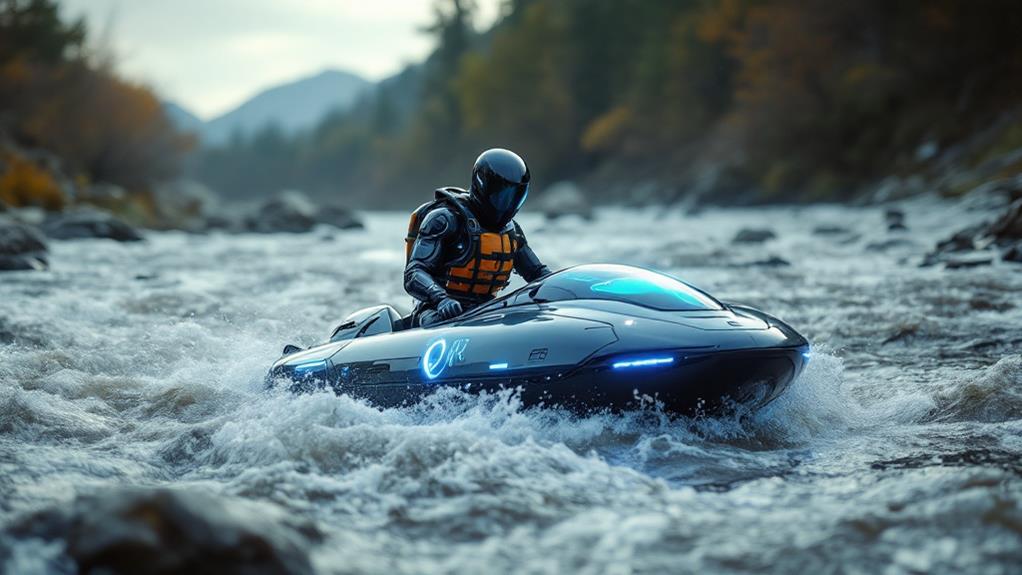
The future of river bugging looks bright as this extreme sport continues to gain traction among adventure seekers. You'll likely see more river bugging opportunities popping up in popular whitewater destinations worldwide. As equipment technology improves, you can expect safer and more maneuverable river bugs, making the sport accessible to a wider range of participants.
Environmental concerns may shape the sport's future, with a growing emphasis on sustainable practices and minimizing impact on river ecosystems. You might see the development of eco-friendly river bugs made from recycled materials or biodegradable components.
The sport's growth could lead to:
- Competitive river bugging events and tournaments
- Specialized training programs and certifications for guides
- Integration of river bugging into multi-sport adventure packages
- Development of indoor river bugging facilities for year-round practice
As river bugging gains popularity, you can anticipate increased regulation and safety standards. This might include mandatory safety gear, stricter licensing for operators, and designated river bugging zones. The sport's future will likely involve a balance between thrilling experiences and responsible, sustainable practices to ensure its long-term viability and appeal to adventure enthusiasts.




